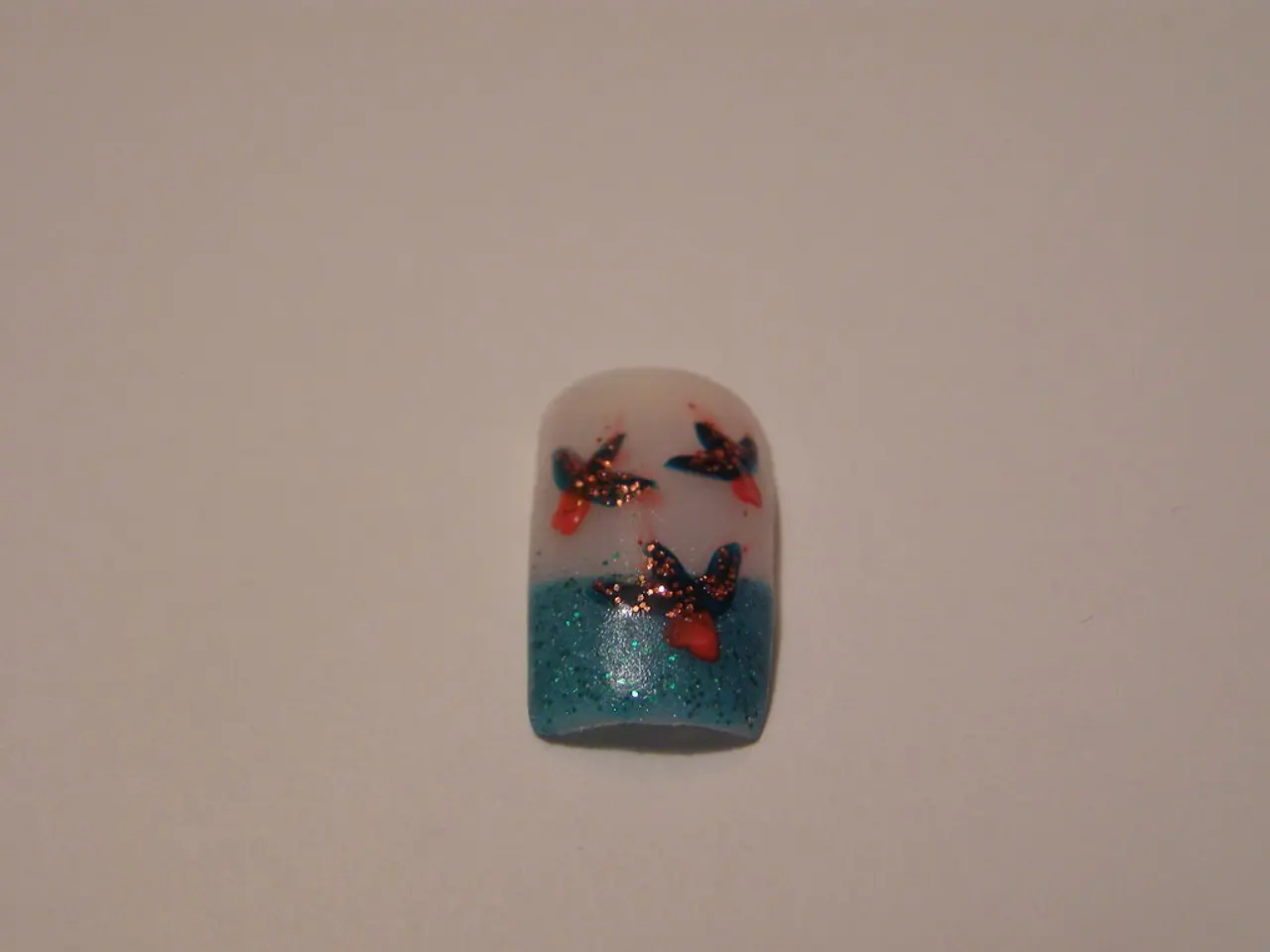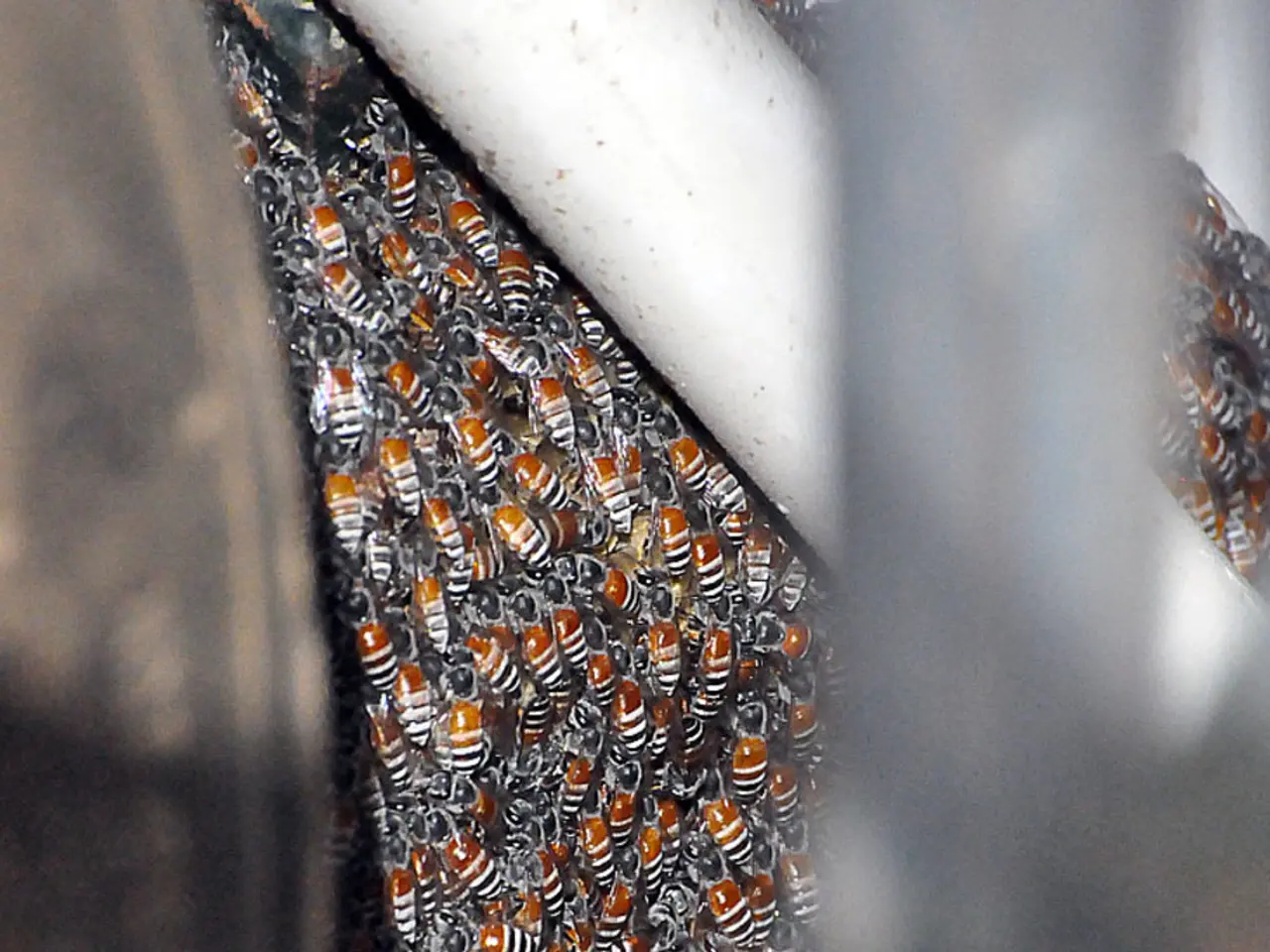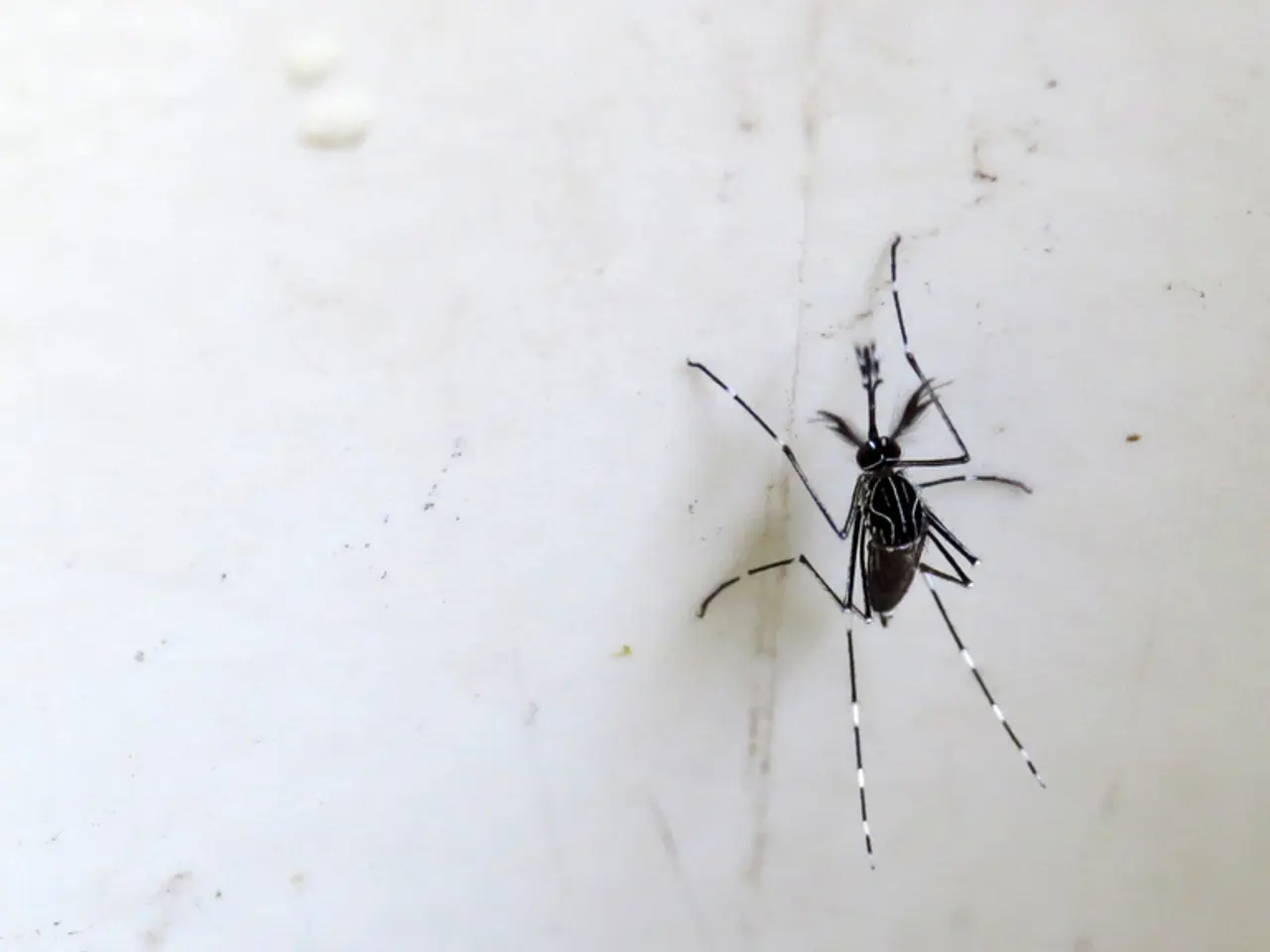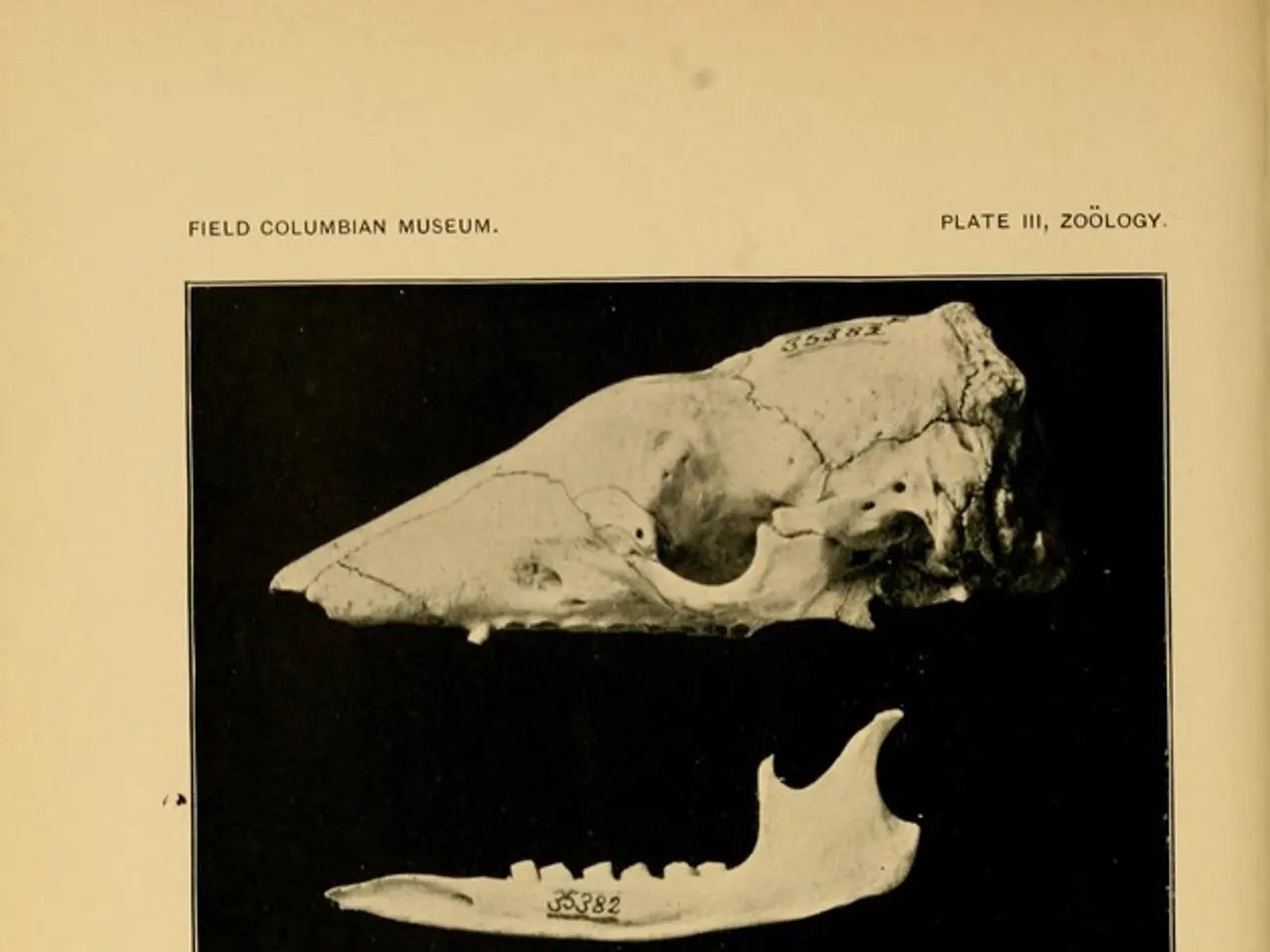Nail Discoloration: Understanding Causes, Remedies, and Visuals
Subungual melanoma is a less common but serious type of skin cancer that develops beneath the nail. This form of melanoma typically presents as a black or brown streak running vertically along the nail bed. Here's what you need to know about the causes, symptoms, and identification of subungual melanoma.
Causes of Subungual Melanoma ------------------------------
While DNA damage from excessive UV exposure is a common cause of melanoma, subungual melanoma can occur even in areas with little sun exposure, such as the nail bed. Genetic factors also contribute to the risk of melanoma, and subungual melanoma arises from the melanocytes in the nail matrix. Other risk factors include having many moles, a weakened immune system, or a familial history of atypical moles or melanoma.
Symptoms of Subungual Melanoma --------------------------------
The most common symptom of subungual melanoma is a brown or black vertical streak under the nail. This streak may initially be about 3 millimeters wide but can widen over time. Unlike bruises or trauma-induced discoloration, this streak does not heal or move as the nail grows. The line often has irregular or ill-defined borders and can multiply or spread. It commonly appears on the thumb or big toe but can affect any nail.
Additional signs may include changes in the color, size, or shape of the streak over time, the nail becoming thicker or distorted, inflammation, redness, or tenderness around the nail, and in rare cases, the nail may ulcerate or bleed. Because these symptoms resemble benign conditions, subungual melanoma is often overlooked until it progresses.
Key Identification Points -------------------------
To help identify subungual melanoma, dermatologists use an adaptation of the "ABCDE" rule for melanoma. Here's a summary of the key identification points:
| Feature | Description | |-------------------|------------------------------------| | **Asymmetry** | The streak is irregular and uneven | | **Borders** | Edges can be ragged or blurred | | **Color** | Multicolored streaks (black, brown) | | **Diameter** | Usually >3 mm and may grow wider | | **Evolving** | Changes in size, shape, or color |
Important Notes ---------------
Any persistent or growing dark streak in a nail without a history of trauma should be evaluated by a dermatologist promptly. Early detection is critical to prevent progression to advanced disease, which can be aggressive and life-threatening.
In conclusion, subungual melanoma manifests primarily as a persistent, irregular black or brown streak under the nail that differs from typical trauma-induced bruises by not migrating or healing. Its causes relate to melanocyte mutation possibly influenced by genetics and, less commonly than other melanomas, UV exposure. Vigilance for changes in nail pigmentation, especially without injury, is essential for early diagnosis.
It's important to remember that most black lines on the fingernails and toenails are not cause for concern, especially among people with darker skin tones. However, they can be a sign of subungual melanoma, a dangerous form of skin cancer. If you notice any persistent or growing dark streaks in your nails, consult a healthcare professional immediately.
- Subungual melanoma can occur in areas with little sun exposure, showing that genetics and melanocytes in the nail matrix may contribute to its cause.
- The most common symptom of subungual melanoma is a brown or black vertical streak under the nail, which may spread or evolve over time.
- A persistent or growing dark streak in a nail without a history of trauma requires evaluation by a dermatologist promptly, as early detection is crucial to prevent progression.
- In the medical-health field, signs of subungual melanoma can be identified using an adaptation of the "ABCDE" rule for melanoma, which includes features like asymmetry, irregular borders, multicolored streaks, a diameter larger than 3 mm, and evolving changes.
- Common risk factors for melanoma, such as having many moles, a weakened immune system, or a familial history of atypical moles or melanoma, also increase the risk of subungual melanoma.
- Regular attention to skin care and health-and-wellness routines is essential for identifying any changes in nail pigmentation and seeking medical advice when necessary, as black lines on nails are usually benign, but could be a sign of subungual melanoma.




